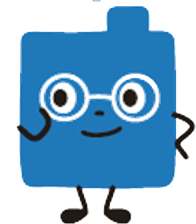
Aspire to learn Aeronautics ?
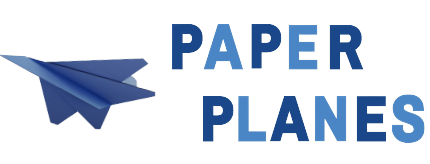
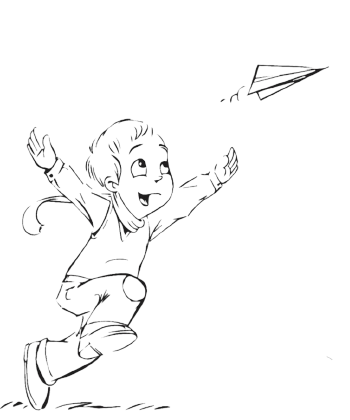
Why kids learn paper planes?
When the term ‘paper airplane’ is tossed around, an image is often conjured up of children playing in a schoolyard, taking sheets of paper from their school books and folding them into the shapes of airplanes and seeing how far they can get them to fly. It has been almost a rite of passage for many young boys to be able to make paper airplanes that can stay in the air and fly longer and farther than all of their friends’ paper airplanes.
Yet there is actually a great deal of science that goes into paper airplane making and there are engineers around the world who continually experiment with paper airplanes, trying to get them to fly farther, faster, and better than ever before. Some of these technological, yet simplistic, innovations also help other engineers design better aircrafts, more aerodynamic machines, and even to create the potential for new styles of flying devices.
Children will build upon dispositions in the areas of curiosity and reflexivity as they work together to create and experiment with making and testing a range of paper planes.
Children are fascinated with airplanes. This fascination can be a doorway to rich STEM (science, technology, engineering, and math) learning even for the youngest children.
Many people do not consider the science behind what makes a paper airplane fly, but this can be a great way to help you not only learn, but enjoy science.
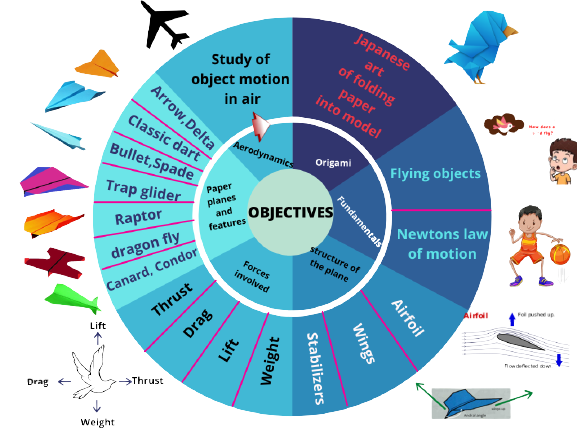
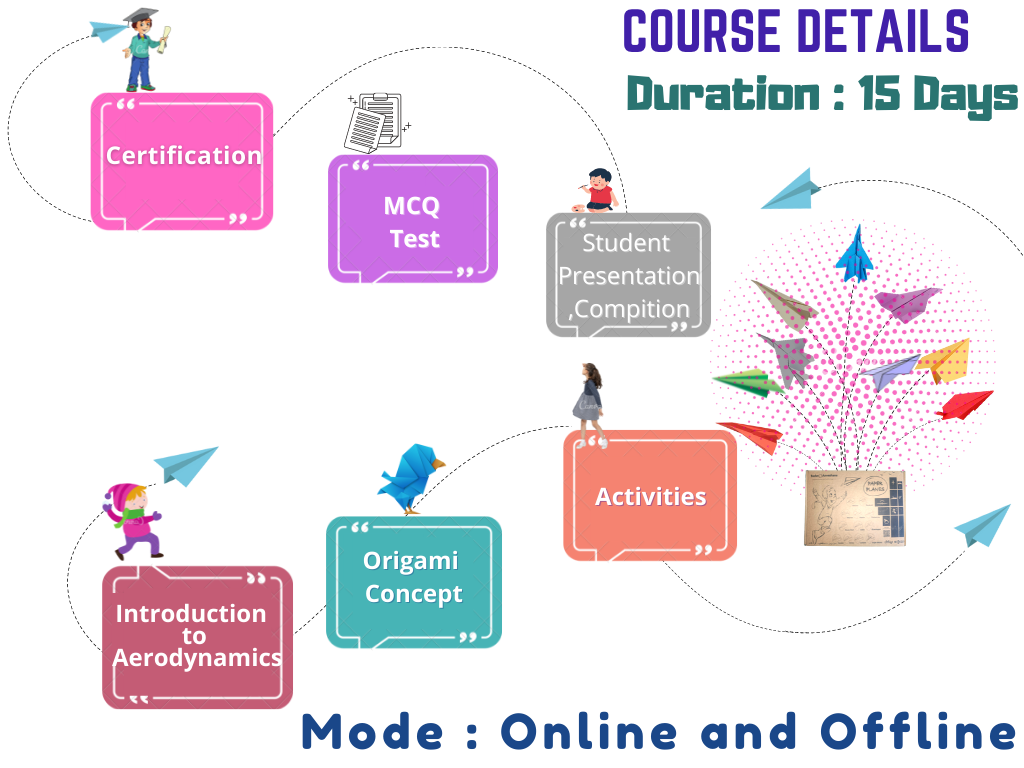
Outcomes
- Students are introduced to the art of designing airplanes through paper airplane constructions.
- Observation and comparison skills are developed.
- Analyzation starts between theoretical and practical things.
- They become familiar with the basic parts that can be found on most airplanes, and their functions.
- They also learn how engineers make small-scale models to test ideas and improve early designs.
- This prepares students for the associated activity in which they first make and test several provided paper airplane designs, after which they design and test their own paper airplane designs.
- These basics become the strong foundation for the next level applications such as parachute, gliders drones, airplanes etc.
- Participation in internal competitions will improve the presentation skills.
